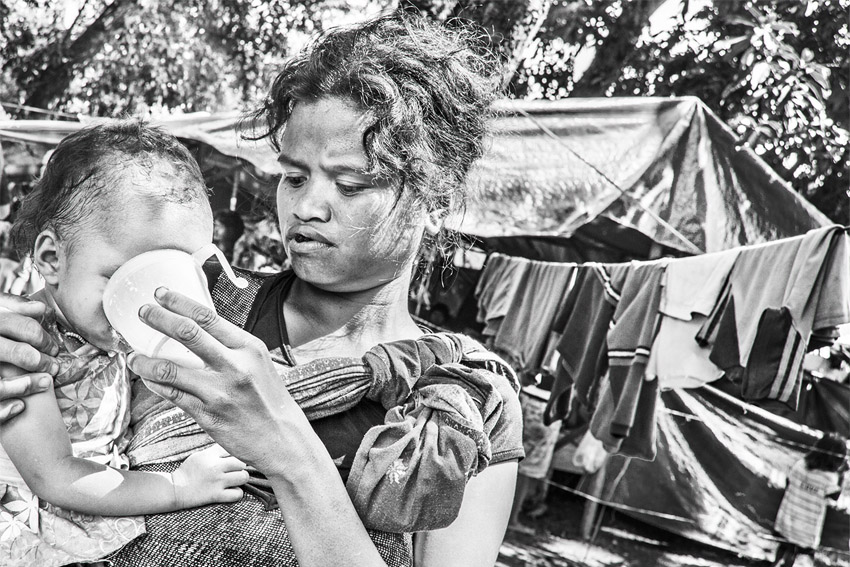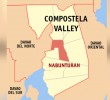Could art, particularly images, trapped in pictorial protocols, usher in socioeconomic development in a society like the Philippines?
“While art institutions declare that Philippine post-war modern art is the art of becoming international and current, Philippine post war economic development is the development of extreme poverty and structural inequity” (Fatima Lasay)
For in parallel to the growing abstractions in art are concrete happenings of human rights violations and people dying of poverty.
Art is separate from propaganda and cannot be reduced into a tool for ideology, they say. But isn’t to study and produce indifferent artworks after a modernist critical framework is in itself an ideology? An ideology that is governed by theories and practices that primarily serves the power structure that it should be opposing? A power structure that thrives in abstraction to hide exploitation and oppression and obscure the real causes of an economic crisis.
As a result Filipino artists wander around gleaming foreign art structures and techniques trying to fit in. As an effect, they produce “inspired by” paintings and other artworks that are actually subversive and derivatives of western art. The problem is not with the Filipino artists who, on pure talent, achieve international recognition. They deserve it. The problem is most Filipinos’ inability to see art as a particular human activity that is shaped by economic, social, and political forces.
This is a cultural problem. Cultural problems can only be solved through cultural work. And in terms of finding a solution to the social and political troubles of the Philippines, the cultural aspect plays the pivotal important role.











